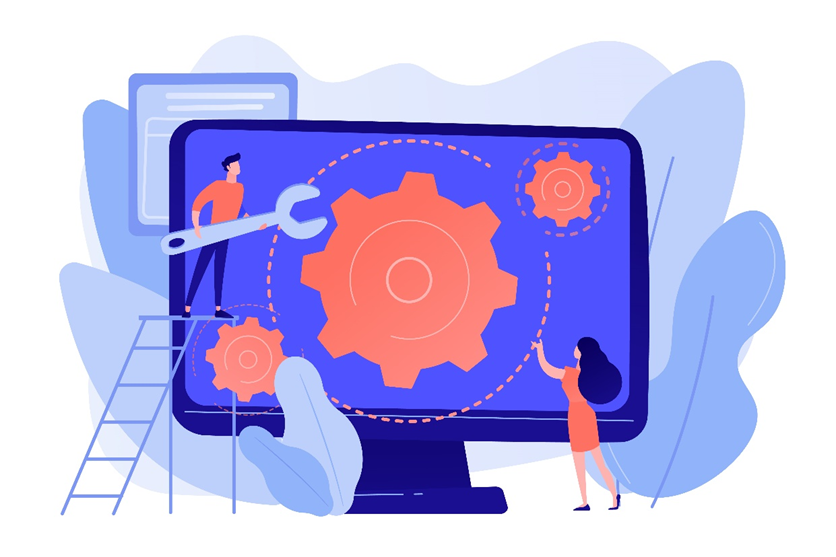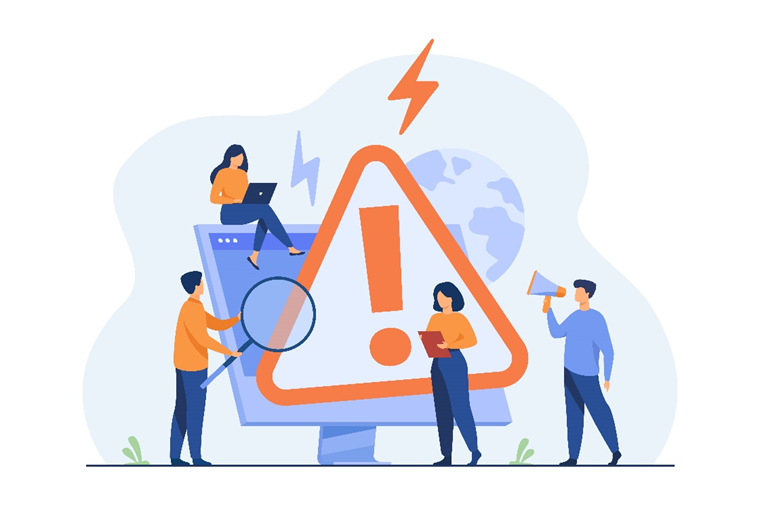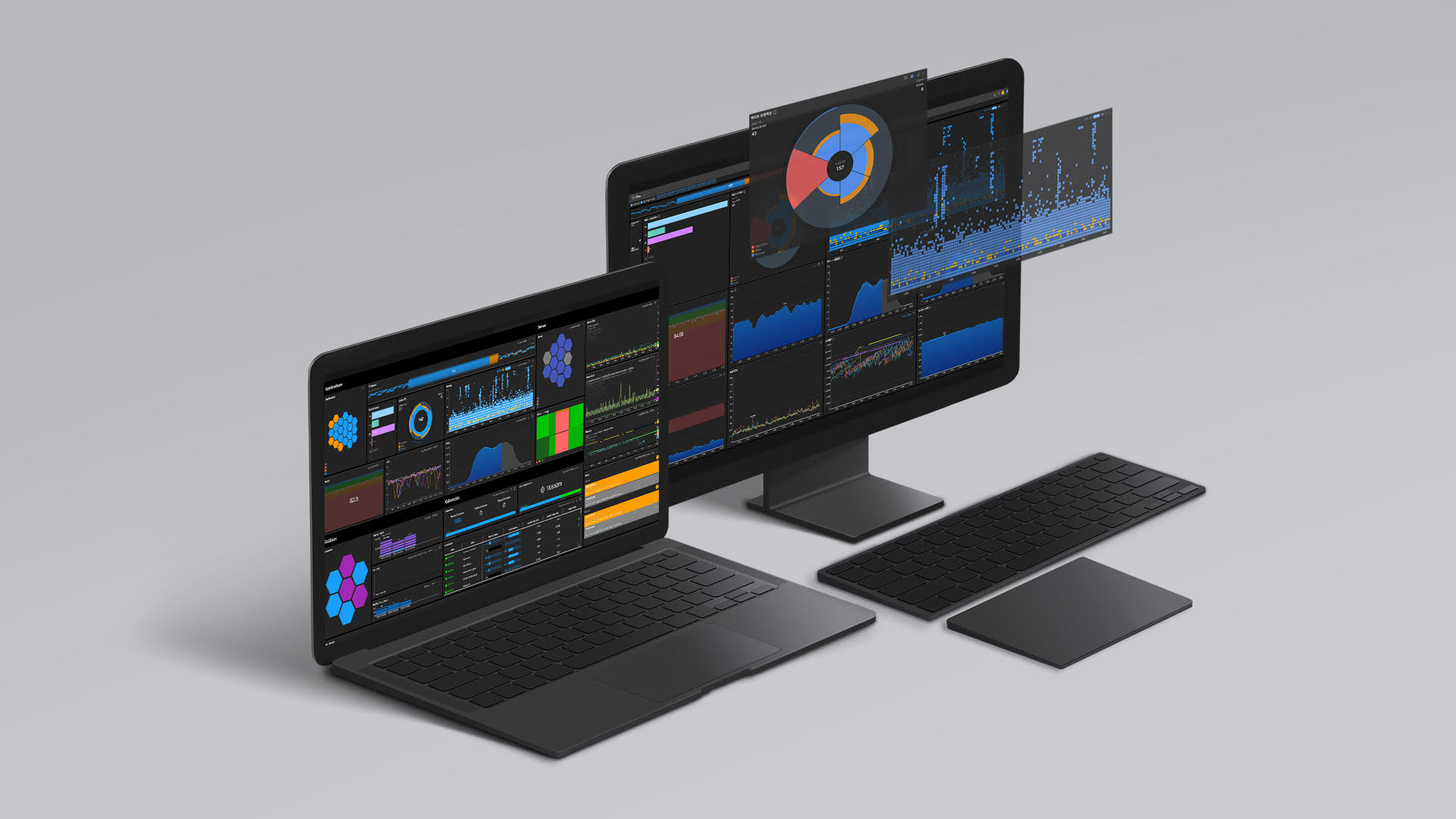
Hello, I'm Sohyun Park from WhaTap Labs Marketing.
Today's content from WhaTap will be of interest to DevOps engineers. The IT industry is growing at a very fast pace. As time-to-business has become more important, customers have also started to demand rapid changes. To keep up with the demands of customers, many organizations are adopting agile techniques and DevOps. It's a way to develop faster, while increasing quality and reducing costs.
DevOps enables faster development while keeping customers happy. Did you know that monitoring is even more important for DevOps engineers? What does it have to do with monitoring systems, why is it so important, and how can it make you more productive? Today, let's take a look at the answers.
1. Maintain service performance with quick feedback

Monitoring helps us catch errors faster, even before development. And even after development is complete, updates happen all the time, either due to customer demand or for various reasons. Continuous integration and deployment will change your code, and it's very difficult to see every single impact. And for issues that aren't visible, it's hard to quickly identify what's going on without specific feedback from your customers.
This is where a monitoring system comes in. If a code change causes an error, monitoring makes it easy to fix it. Being able to see the problem in real time allows us to be proactive, allowing us to quickly find the problem and perform necessary maintenance.
2. Reduced processing time after an error occurs

You can't predict when, where, or how an error will occur. You can try to take proactive measures, but if an error does occur, the most important thing is to act quickly. If an error does occur, monitoring can detect anomalies in real time and quickly remediate the incident. Reducing downtime alone can minimize inconvenience to users and damage to service operations. Without monitoring, it is difficult to recognize errors immediately when they occur. It is necessary to plan ahead for incidents, handle them, and monitor them.
3. Increase operational resource efficiency

In previous content, we've provided a history of how DevOps got started. DevOps was born to resolve conflicts between development and operations teams, but there are companies that still need both teams to work together without DevOps engineers.
A monitoring system bridges the gap between the two teams and allows flexible communication. With a single monitoring system, each team has visibility into the metrics they need and can easily communicate and improve upon any failures or errors. In particular, operations teams can use monitoring systems to see what internal processes customers go through when they use a service, how they send a request and receive a response, and if there are any errors along the way.
4. Gain visibility with visualizations

What if you're monitoring, but it's hard to see the process at a glance and recognize where errors are occurring? It would be difficult to get the most out of your monitoring. That's why it's important to visualize various data so you can immediately see where things are going wrong. With different types of dashboards for integrated monitoring, you'll be able to get a real-time view of the entire system, which will make it easier to identify problems. You can also analyze errors and save patterns from accumulated data for deep learning, which will allow you to predict errors in advance so you can proactively respond to incidents later on.
Wrapping up
Even if you want to adopt a monitoring system, you may be hesitant to do so because it requires an in-person installation and costs a lot of money. But with WhaTap, you can easily install it yourself via download, and you can scale in and out whenever you want. Why not make your job easier with WhaTap, a highly visible monitoring service with a unified dashboard?
.svg)
.svg)






